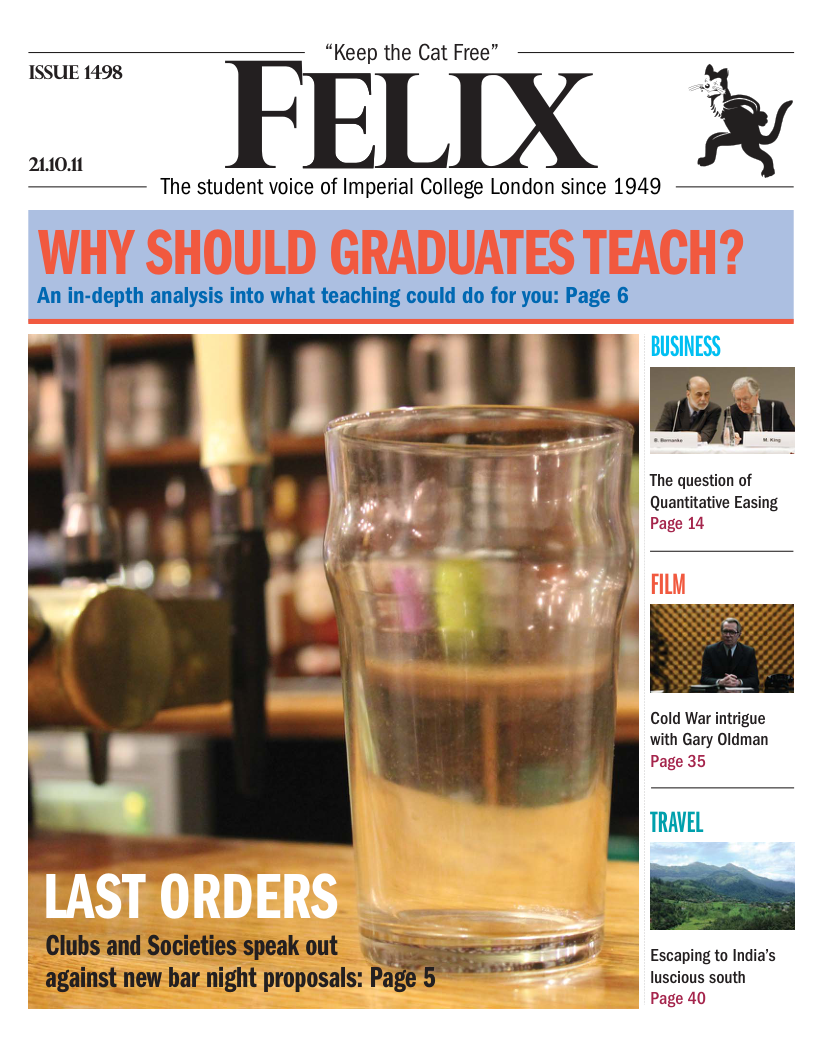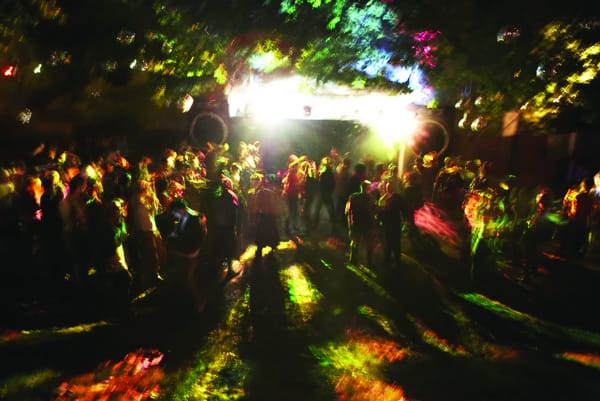Piano drops in Iceland
Tim Hecker's Ravedeath
Tim Hecker’s latest outpouring, Ravedeath, 1972, wraps around the billows of an organ in a church in Reykjavik. Sampled and reconfigured, casting a brume of disbelief, its song is suspended like a gasp in deep sleep. The sounds disintegrate like a snowball melting in your hand. Each remaining echo slipping down a liquefied trace collecting on the underside.
The organ huffing a mounting pressure like auroral emissions dispersing into the firmament. Crackles seep through the aural blanket, dust piercing the atmosphere (“In the Fog II”). You hear pipes shedding particles of oxidised metal, bellowing upwards with a gust of sound. The room can’t fit it all. It begs to come out (“The Piano Drop”). It wouldn’t be hard to imagine the stained glass of the church bending to accommodate the volume, the space beckoned for increasingly insufficient. Perhaps a hairline crack appearing here and there, but careful to maintain the splendour of the coloured salts; bending slivers of light like an eel in water, the threat of electrocution a constant haunt.
Dust rises from the floor, unable to rest, vibrating to the tune the pipes. Floating back down as the singing subdues (“No Drums”), a firm hand, exhausted, releasing its grip. A neurotic memory surfaces from the id (“Hatred of Music I”). The abrasive recollection unleashing a flurry of mistaken opinions and failed approaches. An ominous perspective of introversion takes hold, ruminant (“In the Air I”). The air halts. A cloud drops.








